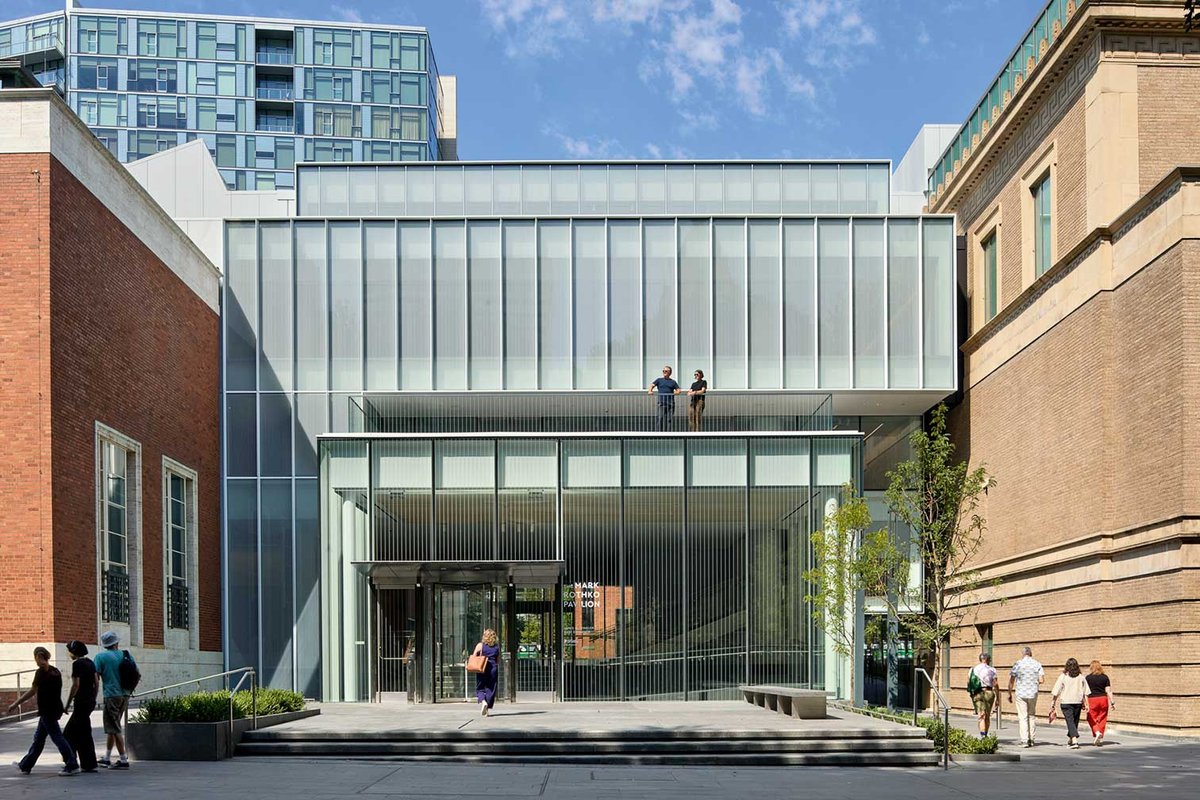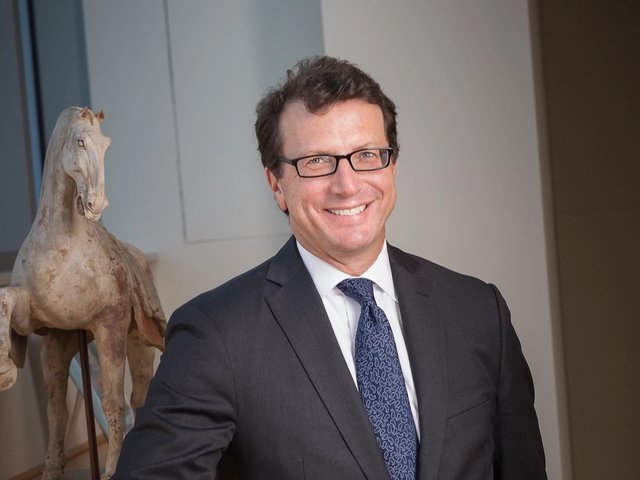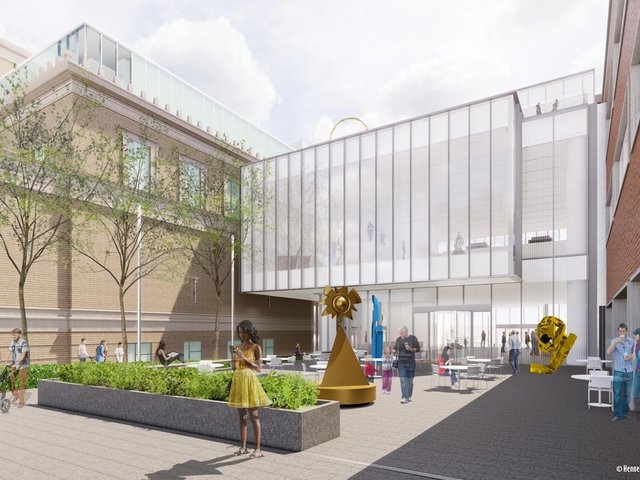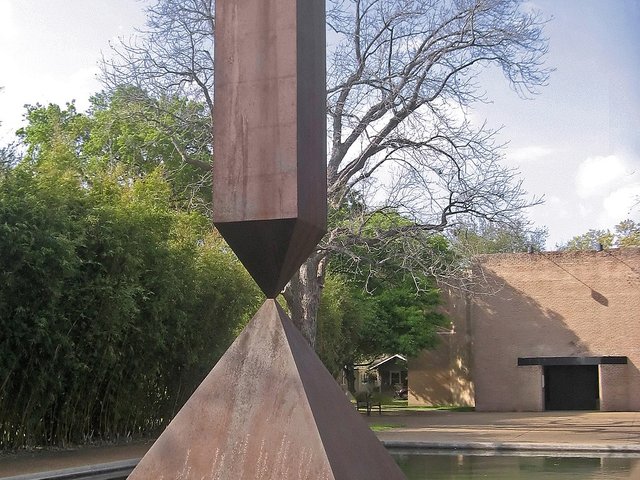The Portland Art Museum (Pam) unveils its $116m expansion and renovation on 20 November—a project more than a decade in the making. It is the largest capital investment in the arts led by a single organisation in Oregon’s history.
“Post-pandemic, this project is more important than ever to this community and to our region, acting as a catalyst economically and revitalising downtown Portland and the greater rebirth of our city,” says Brian Ferriso, Pam’s director.
Founded in 1892, Pam has encyclopaedic holdings of more than 50,000 objects and is generally considered the only major museum between San Francisco and Seattle. The centrepiece of the campus transformation is the new Mark Rothko Pavilion. This multi-storey glass structure bridges Pam’s 1932 building, designed by the architect Pietro Belluschi, with an adjacent former Masonic Temple. Acquired in 1992, the temple building was converted to gallery spaces and, in 2005, connected to the main building via an underground passageway.
The semi-transparent Rothko Pavilion “provides a welcoming central front door for our museum and creates streamlined circulation across all floors of the institution”, says Ferriso, who has led Pam since 2006. (He recently announced that he is moving to the Dallas Museum of Art, starting as director there on 1 December.) One of the goals of the expansion project—designed by Portland’s Hennebery Eddy Architects and the Chicago-based Vinci Hamp Architects—was to rationalise the previously disjointed floor plans of galleries along a new architectural spine, creating 100,000 sq. ft of renovated space, a quarter of which is new.
Visitors can enter the Rothko Pavilion from two sides, traversing expansive plazas punctuated with sculptures by Ugo Rondinone, Roy Lichtenstein, Anthony Caro and Clement Meadmore. Alternatively, they can move through the glass building via a covered walkway with views into the lobby and galleries. “You’ll see art, people and activations throughout the spaces, no matter if you’re on the east or west side or you’re just passing through,” says Ferriso, adding that he felt Pam’s architecture previously failed to signal its function or mission.
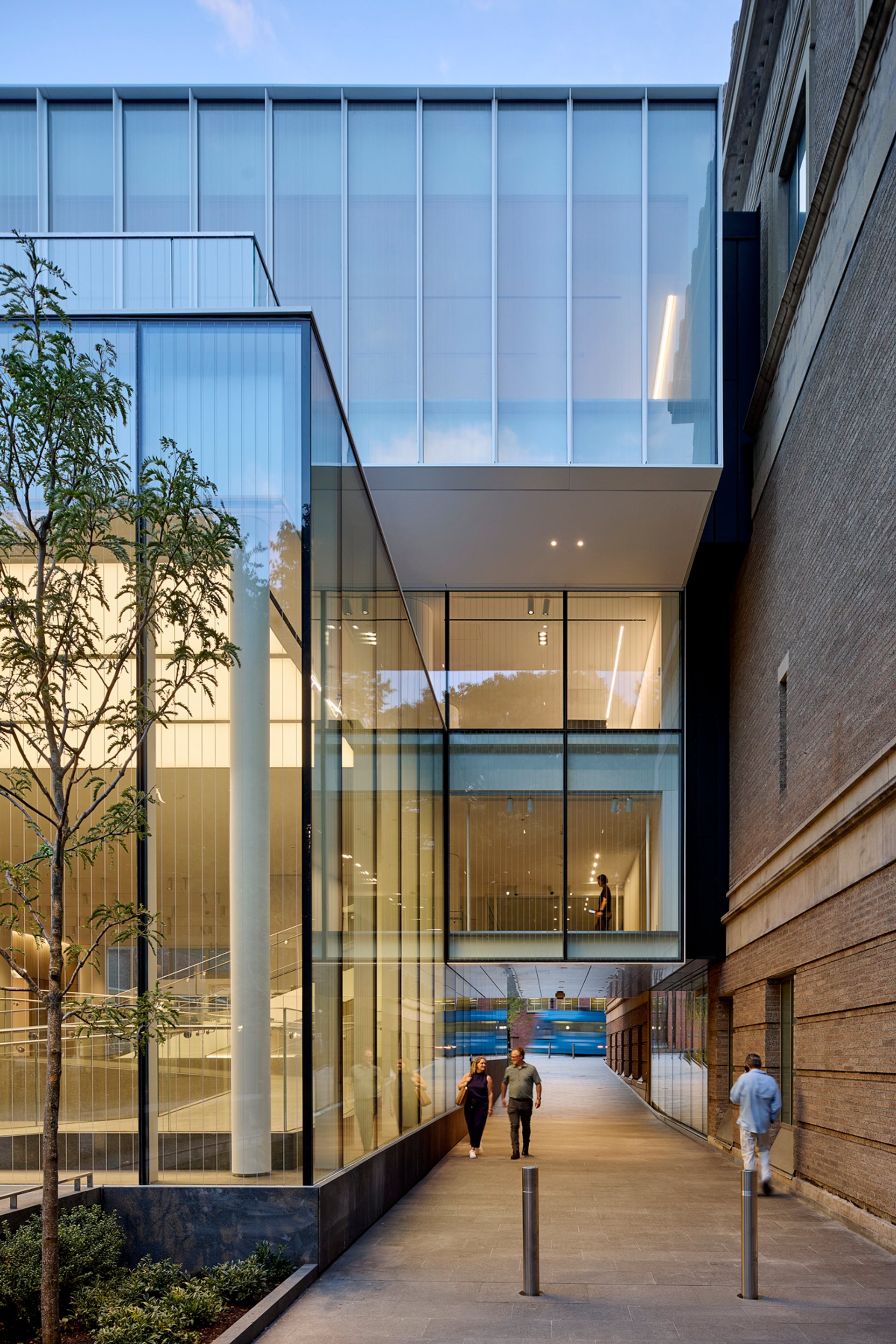
The Mark Rothko Pavilion and passageway Photo: Jeremy Bittermann
Rothko’s family connections
The Rothko Pavilion is named for Portland’s most famous artistic son, the pioneering Abstract Expressionist. Mark Rothko (1903-70) immigrated to the city from Latvia at the age of ten with his family, before moving to the East Coast to attend Yale University. In his youth, Rothko took art classes at Pam. The museum gave him his first solo exhibition in 1933 and honoured him with a retrospective in 2012.
“Although my father never spent a long time in Portland after leaving home, he maintained close ties to his family and was very grateful for the new start he got in America,” says Christopher Rothko, the artist’s son. After collaborating on his father’s 2012 retrospective, the younger Rothko was approached by Ferriso, who had an anonymous lead donor requesting to name the planned pavilion after an artist.
The Rothko family will lend major paintings from their private collection for display in the pavilion over the next two decades, with the promise of a gifted work at the end of that time. The inaugural presentation includes two early 1960s large-scale canvases in brown, red and black from the family, joined by a half-dozen loans from other private collections and the National Gallery of Art in Washington, DC.
The Rothkos also made a six-figure donation to Pam’s $146m capital campaign—this includes $30m towards its endowment and is now fully funded. More than 90% of the money was contributed by individuals. “They all believed in the importance of Portland as an anchor in the state and saw this as a reason to get people excited about the city again and draw them back downtown,” says Alix Meier Goodman, the campaign chair.
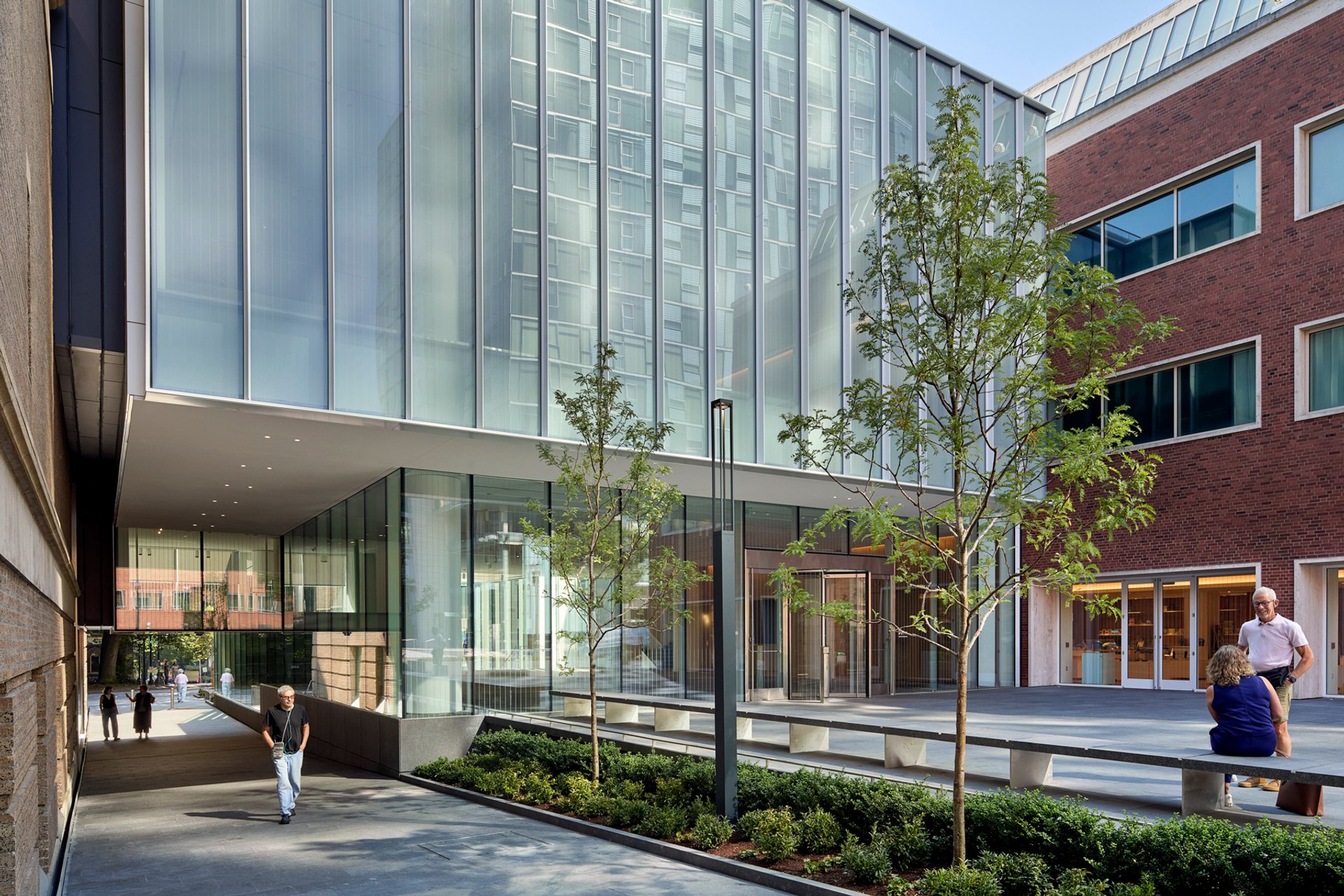
The Mark Rothko Pavilion, passageway and West Plaza Photo: Jeremy Bittermann
Like many downtowns across the country, Portland’s was hard hit during the Covid-19 pandemic and experienced widespread encampments of unhoused people. This issue was exacerbated by Oregon’s 2020 Drug Addiction Treatment and Recovery Act, which decriminalised possession of small amounts of drugs. (A portion of the measure was repealed in 2024.) “The fentanyl boom fuelled a lot of problems here,” says Ferriso, who was appointed in 2023 to a task force of local leaders addressing the economic future of downtown Portland. The city has recently focused on creating shelters and providing social services to its unhoused population. “It has gotten better, but it is not where it needs to be for this city to be realising its full potential,” Ferriso says.
The transformed Pam aims to attract 400,000 visitors in the next year—up from an average annual attendance of 265,000 before the pandemic. The museum-wide reinstallation of its galleries highlights some 300 new acquisitions by artists including Simone Leigh, Hiroshi Sugimoto, Pedro Reyes, Carrie Mae Weems (who grew up in Portland), Wendy Red Star and Marie Watt (both based in the city), and Jeffrey Gibson. Pam’s galleries showcase the museum’s collection strengths: Native American art (particularly from the Pacific Northwest), photography (especially of the regional landscape) and Asian art (notably, Japanese prints). The first large retrospective devoted to Yoshida Chizuko, a pioneering Modernist painter and printmaker from Japan, is on view until 4 January 2026.
The expansion’s opening also inaugurates Pam’s new gallery dedicated to Black artists and experiences in the US. The gallery is visible through the façade on the ground level. It includes recent acquisitions by Derrick Adams, Robert Pruitt, Alison Saar and Kara Walker among others; a solo exhibition of new works by the Portland-based artist Lisa Jarrett; and an installation by Mickalene Thomas, who spent her early years in the city.
Ferriso points to the pervasive histories of racism in Oregon, including Black-exclusion laws discouraging settlement in the state that were not repealed until 1926. “Creating Black spaces is a very important conversation,” he says, “and we felt we need to be more overt, more inviting, especially with this audience, given where we are in time.”


